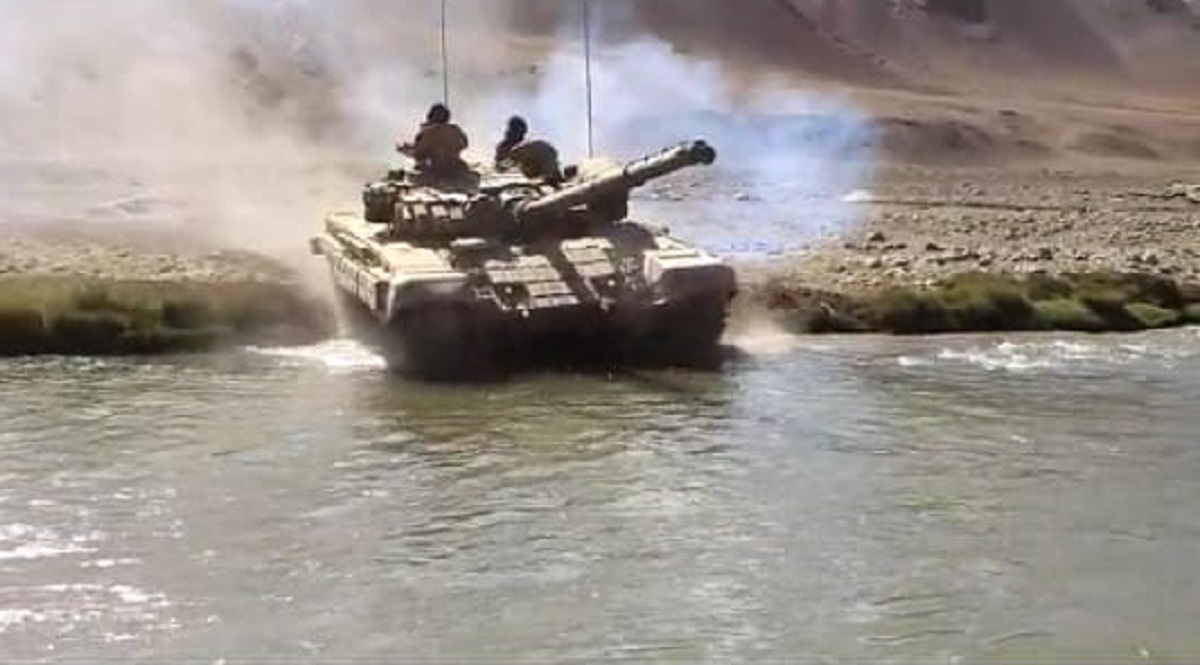Soldiers Swept Away in T-72 Tank Near LAC in Ladakh

Breaking News: Soldiers Swept Away in T-72 Tank Near LAC in Ladakh
Ladakh, India – In a tragic incident early Saturday morning, a T-72 tank with soldiers aboard was swept away while crossing a river near the Line of Actual Control (LAC) in the Nyoma-Chushul area of Ladakh. The incident occurred amidst heightened tensions and challenging weather conditions in the region.
Incident Details
According to initial reports, the soldiers were conducting a routine patrol and reconnaissance mission near the LAC, an area that has been a focal point of ongoing border tensions between India and China. The river, swollen from recent monsoon rains and melting snow, proved treacherous. As the T-72 tank attempted to ford the river, it was overpowered by the strong currents.
The tank, a heavily armored and versatile combat vehicle, is typically equipped to handle rugged terrain and challenging conditions. However, the force of the river was overwhelming, causing the tank to lose stability and be carried away.
Official Statements
The Indian Army has confirmed the incident and expressed deep concern for the safety of the soldiers. “Our thoughts and prayers are with the families of the brave soldiers. We are doing everything in our power to locate and rescue them,” stated an official spokesperson.
Local authorities have also been alerted, and coordination efforts between the military and civilian agencies are underway to manage the situation and provide any necessary support.
Strategic and Operational Context
The Nyoma-Chushul area, located in the Union Territory of Ladakh, is a strategically significant region. It has been a flashpoint in the ongoing border disputes between India and China, particularly along the LAC. Military operations and patrols in this area are routine, aimed at maintaining vigilance and territorial integrity.
The incident highlights the risks faced by military personnel operating in high-altitude, remote regions with challenging environmental conditions. The monsoon season, combined with the melting snow from the surrounding mountains, significantly increases the risk of such natural hazards.